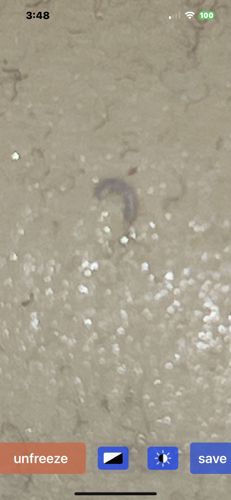Springtail
Scientific Name: Collembola (various species)
Order & Family: Collembola
Size: Typically 0.2 mm to 6 mm, most commonly 1-3 mm.

Natural Habitat
Damp, humid environments rich in organic matter such as soil, leaf litter, decaying wood, compost, and occasionally indoors in bathrooms or kitchens.
Diet & Feeding
Decomposers; they primarily feed on decaying organic matter, fungi, algae, bacteria, and sometimes plant roots.
Behavior Patterns
Springtails are known for their ability to 'spring' or jump using a built-in 'furcula' (a tail-like appendage). They are typically found in large aggregations in moist areas and are involved in nutrient cycling.
Risks & Benefits
Generally beneficial as they significantly contribute to decomposition and soil health. They are not known to bite, sting, or transmit diseases to humans. Indoors, large populations might indicate a moisture problem, but they are otherwise harmless.
Identified on: 9/22/2025